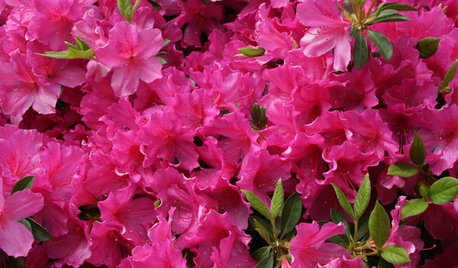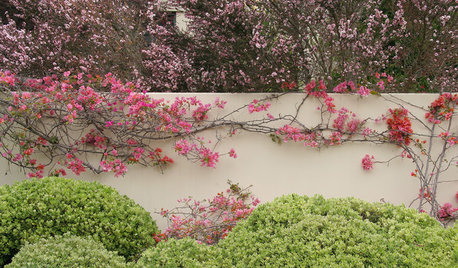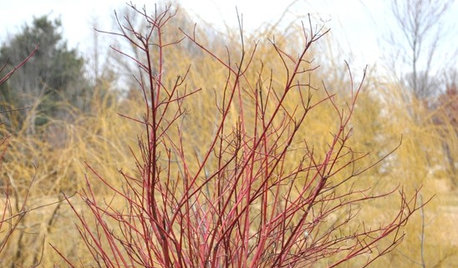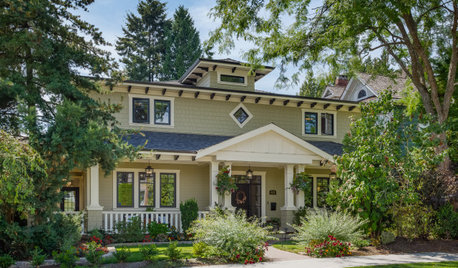Crabapple Help
Dakota25
11 years ago
Related Stories

FALL GARDENING6 Trees You'll Fall For
Don’t put down that spade! Autumn is the perfect time for planting these trees
Full Story
SOUTHEAST GARDENINGSoutheast Gardener's April Checklist
Stock up on herbs, keep clippers away from the daffodils and watch for signs of a major impatiens threat
Full Story
ARBOR DAY8 Reasons to Plant a Great Tree
Beauty is its own reward, but the benefits of planting the right tree in the right place go way beyond looks
Full Story
LANDSCAPE DESIGNThe Art of the Espalier
Go ahead, let limited garden space drive you up the walls. With these 6 ways to train plants vertically, it can be a beautiful thing
Full Story
GARDENING GUIDESCentral Plains Gardener's February Checklist
Learn the right way to prune trees this month — when you're not busy spying intrepid spring-hinting blossoms, that is
Full Story0

GARDENING FOR BIRDSFeed the Birds: 6 Plants for Abundant Winter Berries
Be kind to your fair feathered friends during lean food times by planting a shrub or tree loaded with nutritious snacks
Full Story
WINTER GARDENINGPruning Secrets for Exquisite Roses
Encourage gorgeous blooms year after year with this time-tested advice on how to prune your rosebush in winter for health and shape
Full Story
FALL GARDENING7 Reasons Not to Clean Up Your Fall Garden
Before you pluck and rake, consider wildlife, the health of your plants and your own right to relax
Full Story
GARDENING GUIDESGarden-Friendly Native Alternatives to Overplanted Exotics
There are lots of gorgeous, wildlife-friendly native plants ready to make an appearance in your garden
Full Story
LANDSCAPE DESIGNHow to Incorporate Your Roofing Into the Landscape
Choose hardscape and plantings that work with your roof’s color, texture, shape and line
Full StorySponsored
Franklin County's Preferred Architectural Firm | Best of Houzz Winner






NJBamboo
agardenstateof_mind
Related Professionals
Wake Forest Landscape Contractors · Dallas Landscape Contractors · Damascus Landscape Contractors · East Lake-Orient Park Landscape Contractors · New Berlin Landscape Contractors · North Chicago Landscape Contractors · Ferguson Landscape Contractors · Burleson Swimming Pool Builders · Ashland Fence Contractors · Bonney Lake Fence Contractors · Falls Church Fence Contractors · Fort Worth Fence Contractors · Palmetto Bay Fence Contractors · Salt Lake City Fence Contractors · Short Pump Fence Contractorskelly922